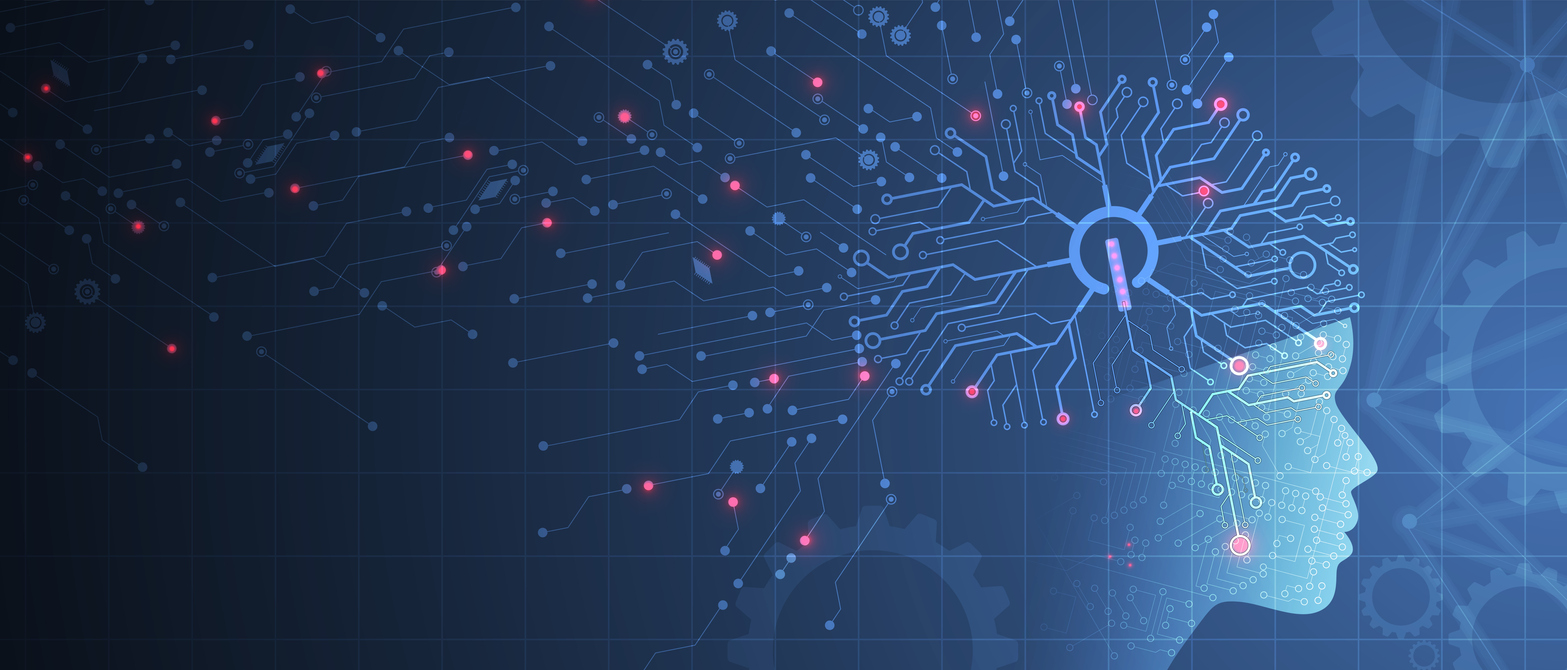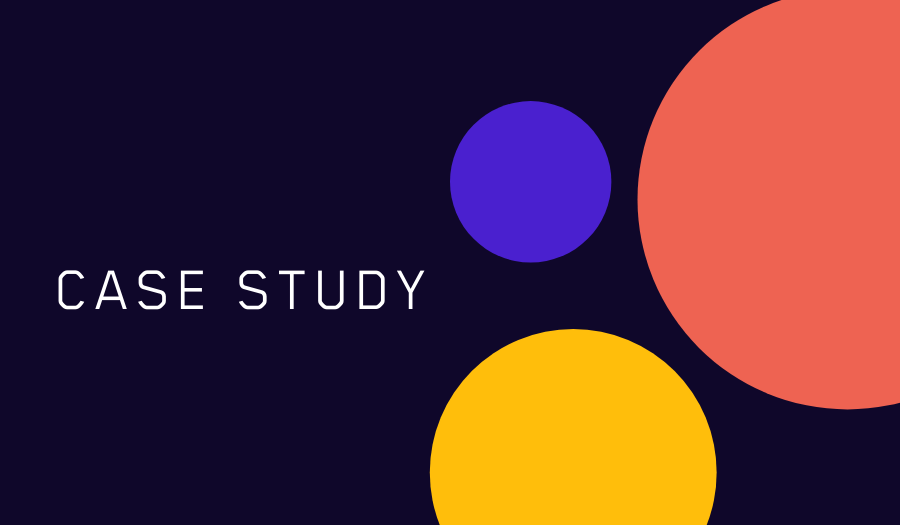Getting customer segmentation right is easier said than done. In many cases, businesses’ efforts are hampered by complex data analysis processes that may require a large investment by the data science team or the use of third-party consultants to develop the right models.
Because these efforts take so long and are so expensive to complete, it often means that they are discrete, ‘one and done’ exercises. This results in companies ending up with highly inflexible segments that are not easy to adjust or manipulate based on need. As a result, campaigns may need to be tailored to fit existing segments rather than the other way around.
But what if there was a better way to conduct customer segmentation activities? One that lets marketers take charge of their own campaigns and explore their data to create bespoke, case-by-case segments that are available at the point of need, while still delivering the advanced capabilities data science professionals expect.
In the past, this would have been all but impossible. However, thanks to advanced technology, businesses can now look to build the most accurate, targeted segments at scale and speed.
What can you do with Audience AI?
This is what we’re looking to achieve with Audience AI. This uses advanced artificial intelligence to take a much more dynamic approach to segmentation. With this, you’re no longer limited to fixed groups where once customers have been allocated a segment, they will usually stay there.
Instead, smart solutions let you create any number of segments as and when you need them, each of which is able to be sized appropriately for the specific purpose of a campaign. This lets data science teams and marketers alike build campaigns that are targeted to the right people much more rapidly than would otherwise be possible.
Furthermore, Audience AI will allow you to arbitrate customers across any number of overlapping segments based on the needs of the campaign. This means you can always have confidence that when multiple audiences and comms are available, each customer receives the one that is the most relevant to them.
Having this agility helps data science teams understand key behavioral signals and then define personas based on these traits, that in turn can be expanded into dynamic audiences for campaigns.
How does AI-driven segmentation work?
Audience AI works by enabling marketers to quickly populate a segment with the most suitable individuals from within their customer base, both at speed and at scale, based on a specified set of traits or interests. It uses key data modeling principles combined with rich behavioral insight that gives a much more complete picture into how customers are likely to respond to an offer.
For example, companies could identify a particular group they want to market an offer to, such as people who are interested in both retail shopping and restaurant dining. This is then used as the seed for the creation of a segment. Marketers can then add to this by detailing how many people they want to reach and quickly scale up their activities across their entire customer base.
By using AI to enrich all your data, you can find behavioral similarities to turn a highly specific seed of around 200,000 customers into a much wider potential audience of millions for a campaign.
Expanding into dynamic customer segmentation
While this type of analysis can be done as a one-off exercise to support a specific, highly targeted campaign, it can also be used to create dynamic segments that adapt to a firm’s future needs.
An effective customer segmentation strategy using this technology may have upwards of 30 different groupings for customers. But with Audience AI, these can be amended and resized based on specific needs, while customers can move flexibly between segments and be in multiple groups at the same time to ensure that whatever the campaign, you’re reaching only the most relevant audience.
This allows brands to craft highly tailored segments that can be adjusted as and when required. As a result, it can remove the need to invest in building dedicated propensity models to find the right targets for campaigns.
This can save data science teams huge amounts of both time and money as they do not have to create new models every time – which could result in firms having hundreds of very similar models, all of which may only be useful for a single time-limited campaign.
AI-driven customer segmentation helps ensure companies can make the most of all the data they possess. By adding behavioral insights to those gleaned from traditional sources such as CRM systems, firms can ensure that every campaign is delivered to the most relevant customers, at the right time and in the right way.
Find out more about Audience AI and what it can do to improve your campaigns




